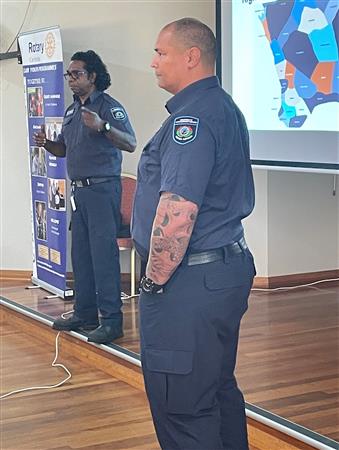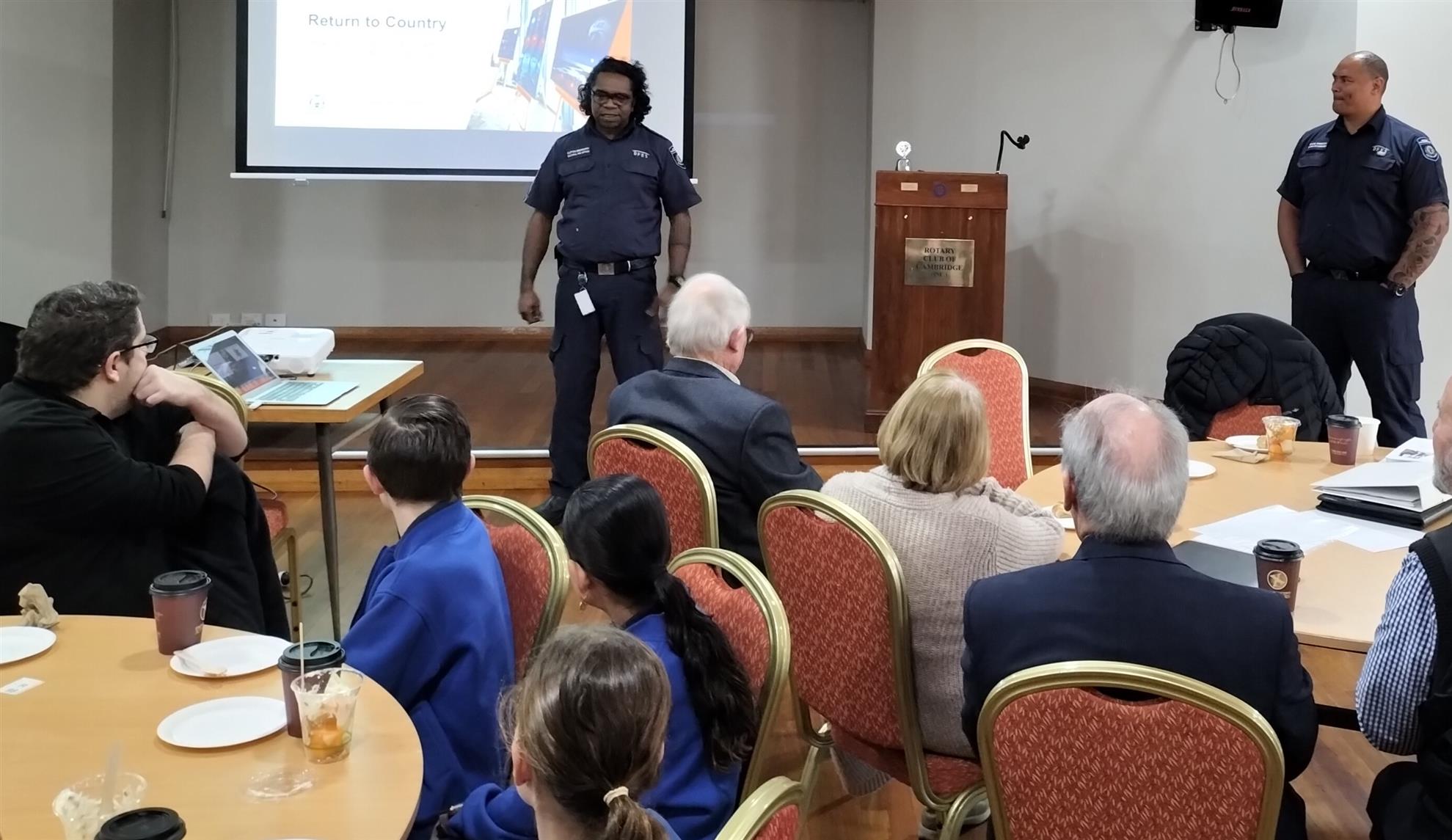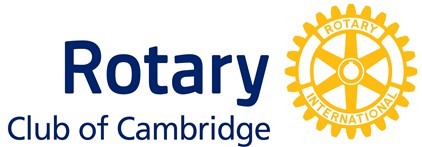

We had two Speakers on the topic of re-introducing traditional fire burning practices, namely David Windsor and Clifton Bieundurry from the Department of Fire and Emergency Services. David comes from a Torres Strait Islander and Aboriginal background, and Clifton is also an Aboriginal person from the desert in Central Kimberley. Cultural Fire Practices relate to four aspects of life – Ecological, Health & Wellbeing, Socialisation, and Culture – and David and Clifton are endeavouring to allow children to learn about fire in the First Nation’s way. Fire is used in three major ways, namely spiritually, ecologically and practically, and if we look after country it will look after us. The Noongar people occupy the SW area of WA from Geraldton to Esperance and their approach is based on Right People; Right Time; and Right Way. The Right People aspect uses the Kinship System which determines how people relate to each other as well as to their social, ceremonial and land-related roles, rights, responsibilities and obligations. The Right Time knowledge enables us to use fire for particular purposes at any time of the year based on observation and experience, and to read the nature’s signs – for example when we hear a particular frog we know that a certain fruit will be available for plucking. The Right Way dictates that we burn the bush in mosaic patterns so that there are unburnt areas of safety for animals. Cultural burning can only be done by custodians who have the knowledge, but the programme is designed to enhance the understanding, knowledge and application of fire burning practices. The objective is two way learning using an inclusive approach and rangers are taught to read the signs that they come across and write down their experiences. All in all it was a most interesting presentation for everyone present.
